|
This blog is in celebration of 100 years of Ghosh's College in Kolkata: 1923-2023! Spread the word: #100years #ghoshyoga 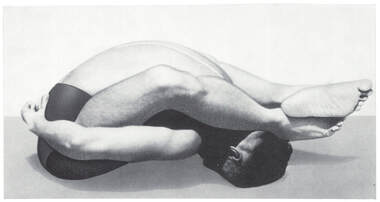 Nowadays, asana is often thought of in sequences. We practice set sequences like Bikram Yoga or the Ashtanga series. Many teacher trainings have a strong emphasis on "sequencing" and how to structure a class. This has become an essential part of learning how to teach a group class. However in India, asana practice was and still is very individual. There are groups of postures, but only an accomplished teacher can select the right method of practice for each practitioner. Everyone is different so each person is assigned their own practice. There are certainly some yoga studios in India now that will teach sequences of asanas in group classes, but elsewhere it is still very much tailored to individual practice. Let's look at some examples of how an asana practice was structured prior to the 1970s. Buddha Bose & Dr Gouri Shankar Mukerji In 1939, Buddha Bose writes about a large number of asanas. He classified them under six headings: Padmasana, Sitting postures, Reclining attitudes, Standing positions, Kurmasana or tortoise poses, and Mudras. These were organizational groups, not in an order for practice. We know this because he explains: “I have also arranged the exercises in each series so that the easiest comes first and the most difficult last. The students should start by practicing a few exercises in each group (except those in the Kurmasana series) and then gradually work up to the more difficult ones.....No one, however skilled, should perform all of the asanas every day. It is better gradually to increase the duration of practice of each exercise than to strive to practice a large number of them for a brief period.” Similarly, Dr Gouri Shankar Mukerji writes that: “It is not recommended to perform more than five exercises in succession, in order to avoid fatigue. It is better to perform a few exercises, but in complete tranquility, than to execute ‘one’s program’ at all costs under time pressure....It is also not necessary to master all 88 exercises, but one should preferably choose those that are appealing, and that one thinks one can personally perform or learn.” Self Realization Magazine A third example can be found in the Self Realization Magazine. The magazine groups the postures into three groups: sitting, lying down and standing. This is similar to Bose's approach. Then the magazine states: "A word of caution is in order here, however. Do not attempt all the postures listed in this article at one time! The list is only intended as a sensible guide from the simple to the most difficult asanas in each of the three categories. Practice only a few at any one time, and continue practicing those few until you perfect them before you attempt another group." Takeaways There are a few common themes we can highlight through these passages. First, is that these are lists or groupings of possible postures for practice. However, the instructions repeatedly say that not all of the postures should be done during the same practice. And furthermore, not all postures are necessary for everyone to practice. Sources: 84 Yoga Asanas by Buddha Bose 84 Yoga Asanas by Gouri Shankar Mukerji Self Realization Magazine
0 Comments
Dr Gouri Shankar Mukerji in Padmasana This blog is in celebration of 100 years of Ghosh's College in Kolkata: 1923-2023! Spread the word: #100years #ghoshyoga There are a variety of references to 84 in texts on hathayoga. Roughly speaking, texts on hathayoga originate from between the 12th century up until the 18th century. Nowadays, "hatha" has taken on new meaning, often referring to stillness in postures, as opposed to flowing styles known as vinyasa. However, this is a newer meaning of the word. So, in this blog we are referring to the practice of hathayoga as described in the texts that comes from the period mentioned above and not the meaning it can hold today. 84 In HathaYoga Below you'll find a sample of passages that refer to the number 84: "There are as many asanas as there are species of creatures, Shiva has enumerated 84 asanas, and out of all the asanas, only two are particularly distinguished." -Goraksasatakam, 13th century “There are eighty-four asanas of various kinds which I have taught. Out of these I shall take four and describe them.” -Siva Samhita, 15th century “Eighty-four asanas were taught by Shiva. Out of those I shall now describe the four important ones.” -Hatha Yoga Pradipika, 15th century “All together there are as many asanas as there are species of living beings. Shiva has taught 8,400,000. Of these, eighty-four are preeminent, of which thirty-two are useful in the world of mortals.” -Gheranda Samhita, 17th century You will notice that 84 (or a variation of it) is always referred to, but the actual number of postures that are described in the text is far less. An Amazing Coincidence? In the first and last passage, you also see the reference to species of creatures and living beings. Miraculously, in 2011, the Census for Marine Life published a study that concluded there were 8.7 million species on Earth (+ or - 1.3 million)! The previous estimates placed the number of species between 3 million and 100 million, which was a massively large spread. Due to new analytic tools, they were able to measure more precisely and the results directly corresponded with the number of species referred to in the hathayoga texts! Conclusion Because of the idea that 84 is seen to represent something sacred or symbolic, it is referred to despite the fact that it does not correspond to the actual number of postures. Nor are the collections of postures always the same. When you come across "84 asanas" don't worry about trying to count to 84! This was never the purpose for invoking the number. Certainly don't try to figure out what is the "traditional" or "original" 84 as there never was a singular 84. Bibliography
Census for Marine Life study can be found here. Akers, B. D. trsl. (2002) The Hatha Yoga Pradipika. Woodstock: Yoga Vidya Kuvalayananda, S. and Shukla, S. A. trsl. (2006) Gorakasatakam. Kaivalyadhama: Lonavala Mallinson, J. trsl. (2004) The Gheranda Samhita. Yoga Vidya: Woodstock. Mallinson, J. trsl. (2007) The Shiva Samhita. Yoga Vidya: Woodstock. 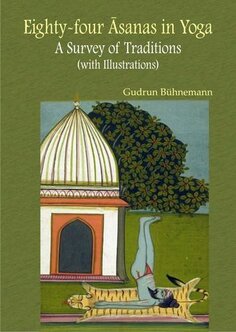 "The 84" is an ever illusive idea, commonly thought to be a traditional or original sequence of asanas. However, the number 84 holds sacred or symbolic significance both in the ancient and modern eras, but does not actually refer to any set list of postures. Gudrun Buhnemann writes in her book Eighty-four Asanas in Yoga, that 84 is a "number frequently invoked as authentic by ancient and modern authorities....However, nothing is known about an original set of eighty-four asanas” (Buhnemann, p. 2). She explains, “It is therefore apparent that the number eighty-four traditionally signifies completeness, and in some cases, sacredness” (Buhnemann, p. 27). The number is found in various traditions. For example, in Buddhism it is thought that 84,000 stupas (meaning "heap" or burial mound) are said to have been built by Asoka and there are 84,000 kinds of enlightenment. We will see in the following blogs that the number 84 and variations on it are invoked in texts on yoga, however this does not refer to the actual number of postures, nor does it refer to a sequence. What's Next Next time we'll see passages about "84" in hathayoga texts. Then we'll look at the expansion of asana in the 20th century that leads to long lists of postures, many of which weren't considered asanas prior to this period. We'll finish this series with examining the idea of a sequence and physical cultures that highly influence yoga. Stay tuned! Bibliography: Buhnemann, G. (2011). Eighty-Four Asanas in Yoga: A Survey of Traditions. DK Printworld. |
AUTHORSScott & Ida are Yoga Acharyas (Masters of Yoga). They are scholars as well as practitioners of yogic postures, breath control and meditation. They are the head teachers of Ghosh Yoga.
POPULAR- The 113 Postures of Ghosh Yoga
- Make the Hamstrings Strong, Not Long - Understanding Chair Posture - Lock the Knee History - It Doesn't Matter If Your Head Is On Your Knee - Bow Pose (Dhanurasana) - 5 Reasons To Backbend - Origins of Standing Bow - The Traditional Yoga In Bikram's Class - What About the Women?! - Through Bishnu's Eyes - Why Teaching Is Not a Personal Practice Categories
All
Archives
May 2024
|

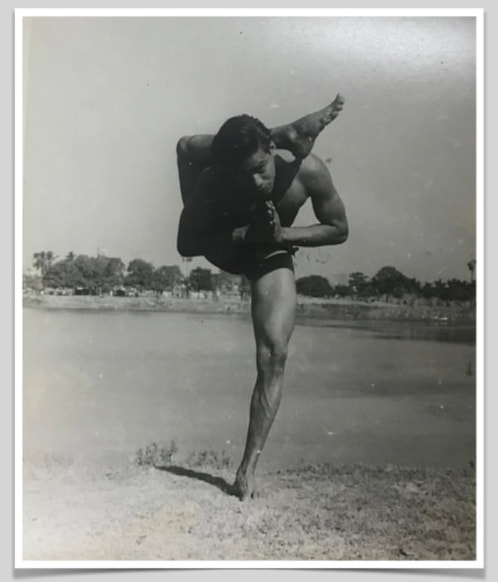
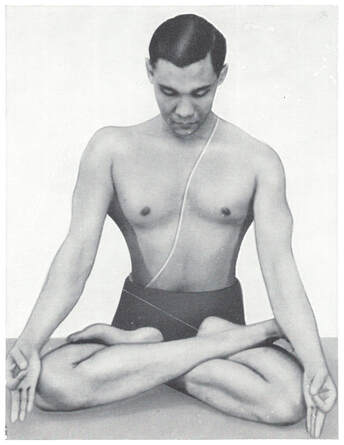

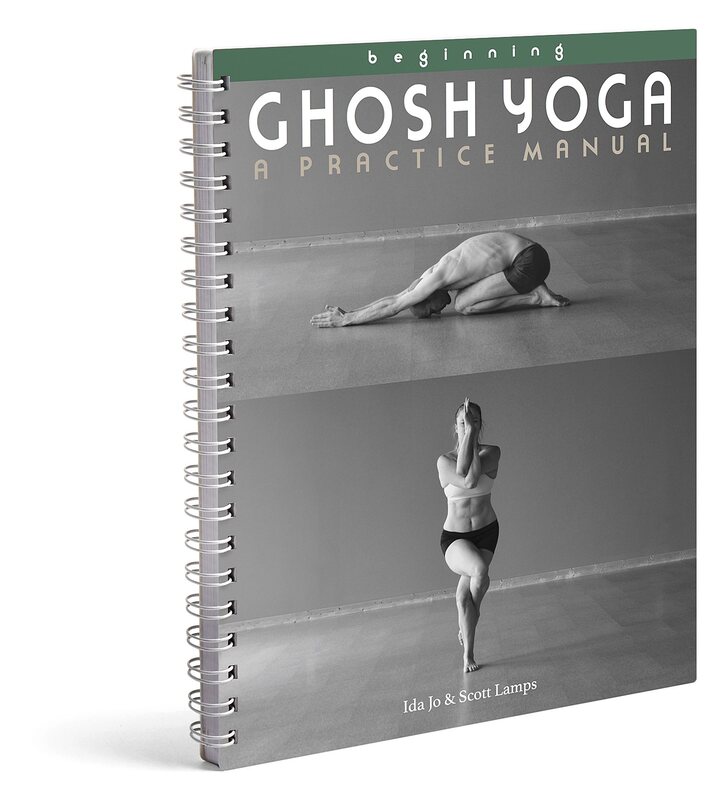
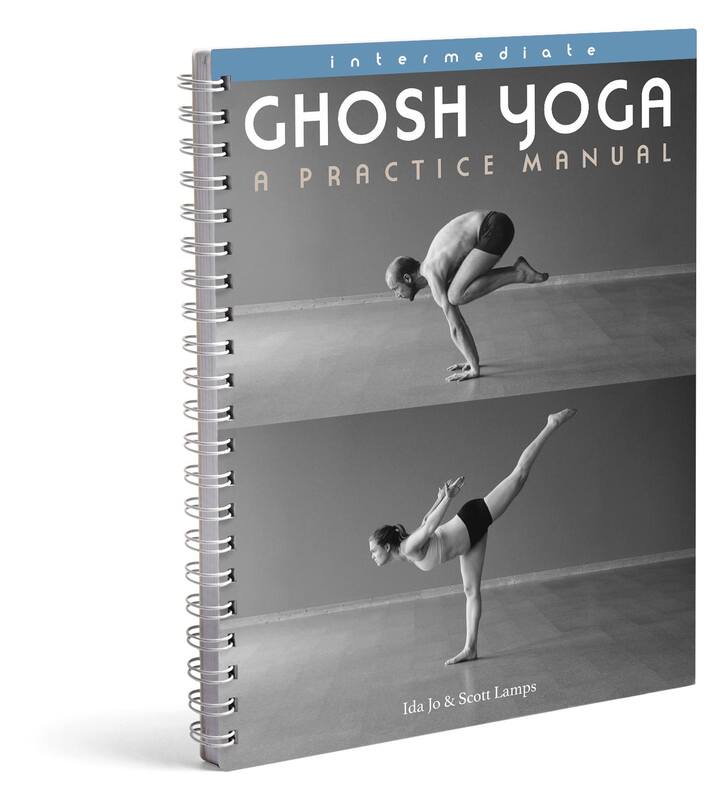
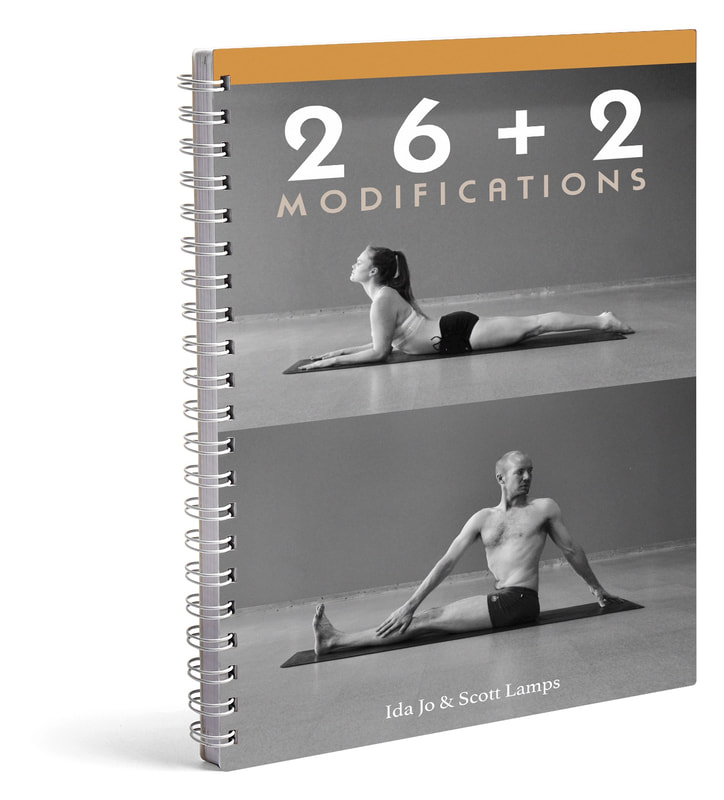


 RSS Feed
RSS Feed